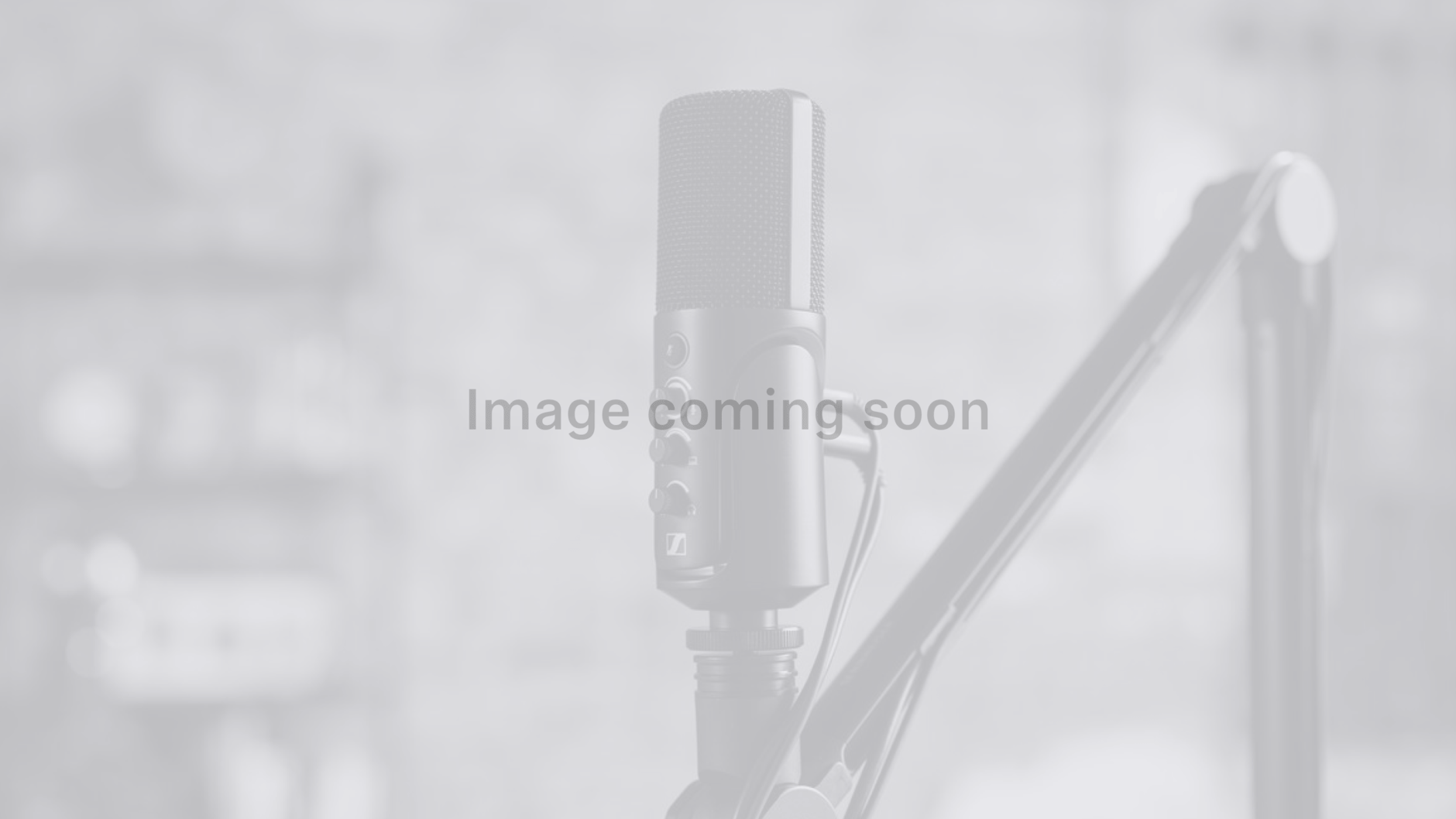DAW and tool chain
Mixing your Ambisonics bed can be done in most standard DAWs as long as they support multichannel tracks, i.e. a minimum of four channels in a track. To support you in the mixing process, you should select an Ambisonics tool chain. With Dear Reality’s advanced software tools, you create outstanding audio productions with a true perception of direction, distance, reflections & reverb.
Recommended mixing paradigm
Use the recorded Ambisonics signal as the base ambience, then add signals from conventional microphones such as wireless mics and foley sound to emphasize and build your final ambient bed.
Format conversion
As all Ambisonics tool chains operate in B-format, you first need to convert the AMBEO VR Mic signal to B-format using Dear Reality's free dearVR AMBI MICRO. The Ambisonics plugin offers an optimized A-to-B conversion perfectly matched to the Sennheiser AMBEO VR microphone and lets you select different mic orientations, providing a deeper access to your soundfield.
Spatialization
Additional sound sources captured by conventional microphones need to be spatialized so that they come from the correct point in space and match the video image and the ambience. This step is accomplished using the state-of-the-art spatializer plugin dearVR PRO. The advanced immersive panner lets you position audio sources anywhere in the immersive soundstage surrounding the listener. Behind or in front, above or below, to the left or right, closer or farther away.
Monitoring
During mixing, it is important to monitor your Ambisonics mix. You can easily decode your mix in your DAW using a binaural renderer like dearVR AMBI MICRO. The best practice is to use the renderer that will eventually be integrated into your final game.
For deployment to a traditional game in either stereo or 5.1, the Ambisonics signal must be decoded to loudspeakers. We recommend HARPEX X, a partner of Sennheiser, to decode the signals to various loudspeaker arrangements.
A note on working with Ambisonics
Ambisonics is the description of a sound field. Therefore, you should never work on any of the constituent tracks of an Ambisonics signal on its own. Always use Ambisonics mixing and editing tools if you want to modify an Ambisonics signal. When using a standard multichannel mixing tool, you must make sure that changes are applied equally to all four channels – otherwise you risk altering the spatial image of the Ambisonics signal.


























